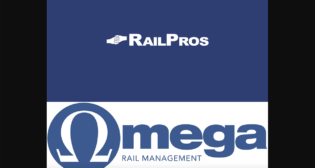
Increase Fuel Savings Through Railcar Aerodynamics
Written by Ken Carlton, Corrugated Metals, Inc.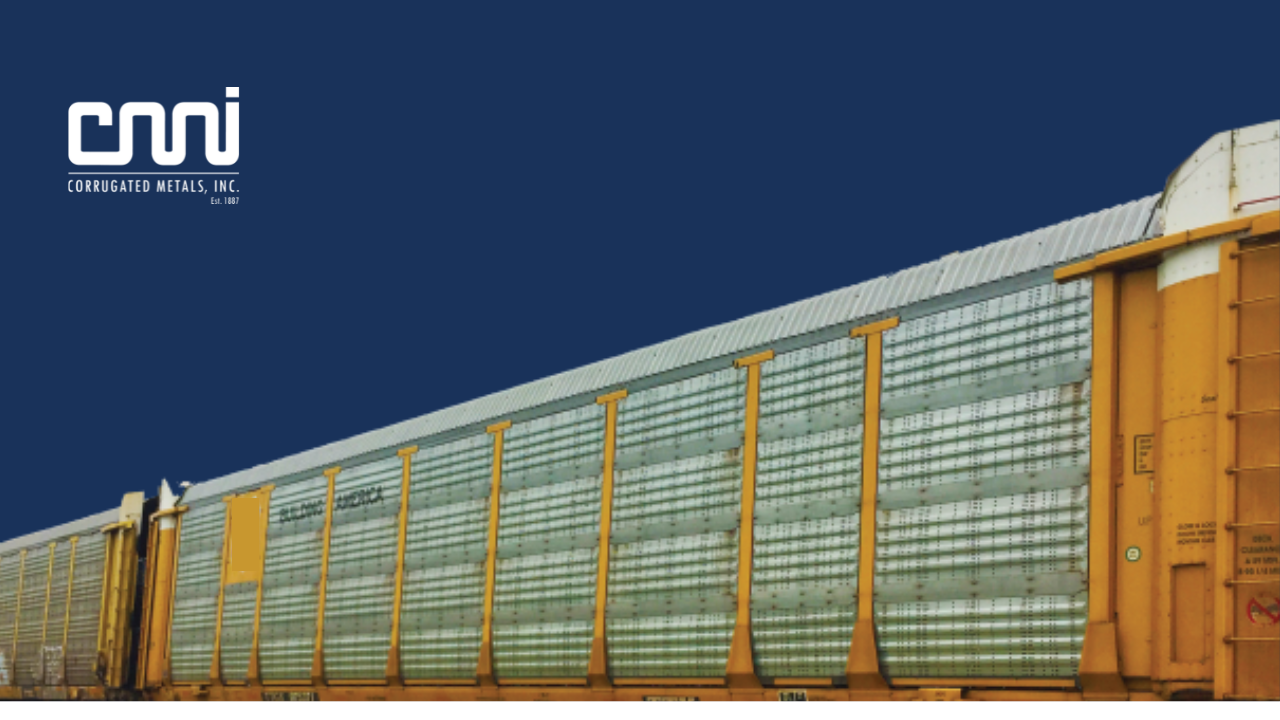
One of the main challenges faced by the rail industry is improving fuel efficiency. As diesel fuel costs have increased, the railroad industry has been impacted with higher operating costs, leading to an increased interest in reducing the air resistance of locomotives and railcars.
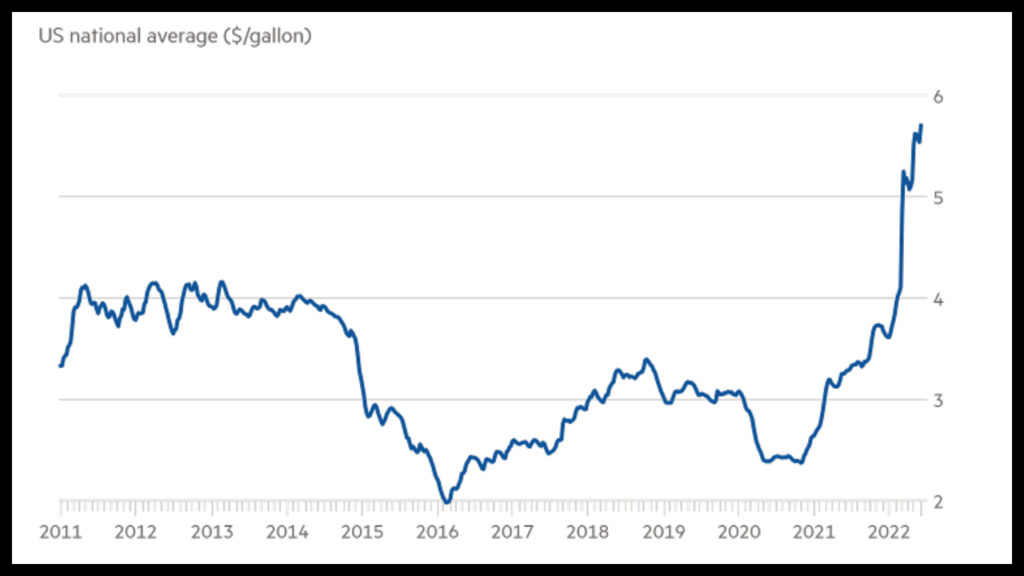
These resistant forces result from friction in mechanical components of the train and the aerodynamic drag of the moving train. As the average traveling speeds of trains have increased, aerodynamics are contributing a larger fraction of the overall resistance.
For example, when you’re hauling 10,000 trailing tons doing anywhere from 40-70 mph, you’re bound to meet some resistance. And if your freight cars aren’t designed and spec’d to minimize aerodynamic drag, you’re certainly paying for it in increased fuel costs over your long haul and in the long run.
In this article, we’re discussing the top railcar manufacturing methods and modifications to help reduce these resistive forces and ultimately decrease fuel consumption.
Streamlined Shape
Aerodynamic drag is comprised of two components: pressure and friction drag. The sum of these is the total aerodynamic drag that must be overcome to move the train through the air. Friction drag is the shear stress on the surface of the train while the pressure drag is caused by the pressure distribution over the surface of the train. Therefore, the drag on the train depends on the profile of the railcars and the speed at which the air is moving past.
A streamlined shape has a profile that has low resistance to motion in air, which in turn, minimizes the aerodynamic drag. An example of a streamlined shape is a teardrop profile – the gradually curved leading surface and the tapered tail eliminates flow separation on the sides of the train and reduces drag, leading to decreased fuel consumption.
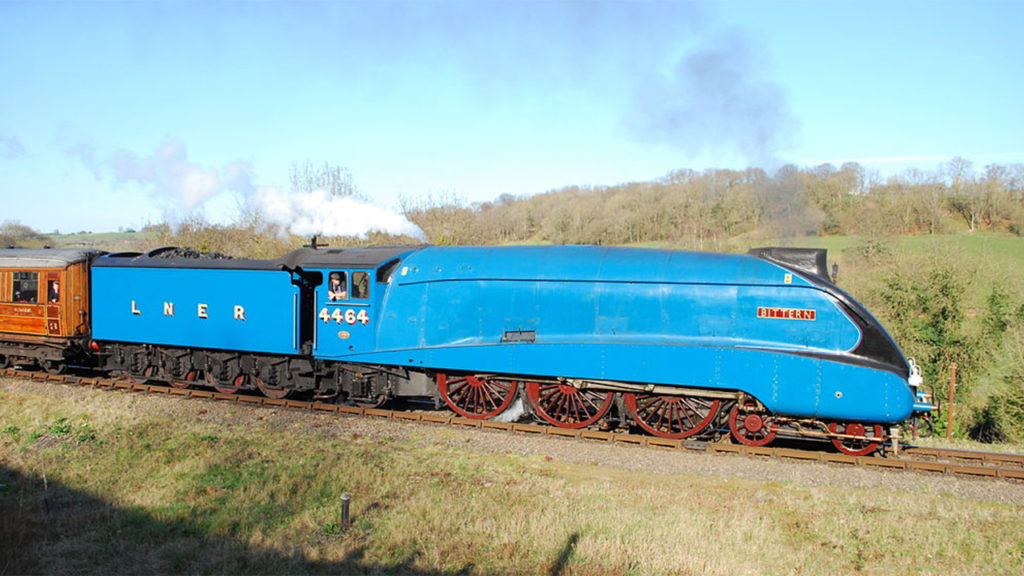
Perforated Metal
Heavy-duty railcars that rely on perforated metal side sheets keep the cars and other bulky freight safe from damage, vandals, debris and dirt. These perforated holes are a prominent feature on the side panels, acting as a shield during rail transport by allowing light and air to pass through the exterior, preventing moisture buildup that could lead to corrosion. In addition, the holes allow the air flow to enter and leave the railcars, decreasing the drag on the railcar.
The size and patterns of the holes are also considered a key parameter. For example, by increasing the size of the holes, you can reduce the number of holes needed so you can modify the pattern in a localized way to create areas of smooth surfaces. These smooth areas reduce air flow separation, resulting in a drag reduction for the railcar.
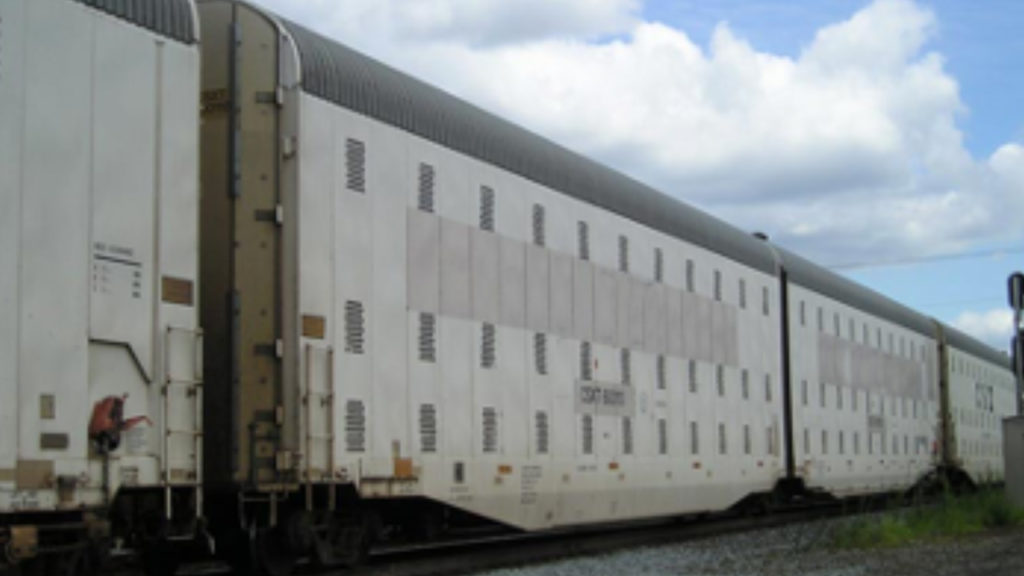
Roof Coverings
The current roof structure of most railcars is made of corrugated material, typically a galvanized metal due to its strength and durability. However, the corrugations encourage air flow separation, increasing the pressure drag, which likewise increases the resistance on the train.
Ultimately, any uncovered geometry which promotes air flow separation is going to add turbulence, which increases the drag on the railcar. Adding a roof covering with a flat profile to the corrugated section will reduce flow separation and yield an aerodynamic drag reduction, leading to greater fuel efficiency without sacrificing roof quality and durability.
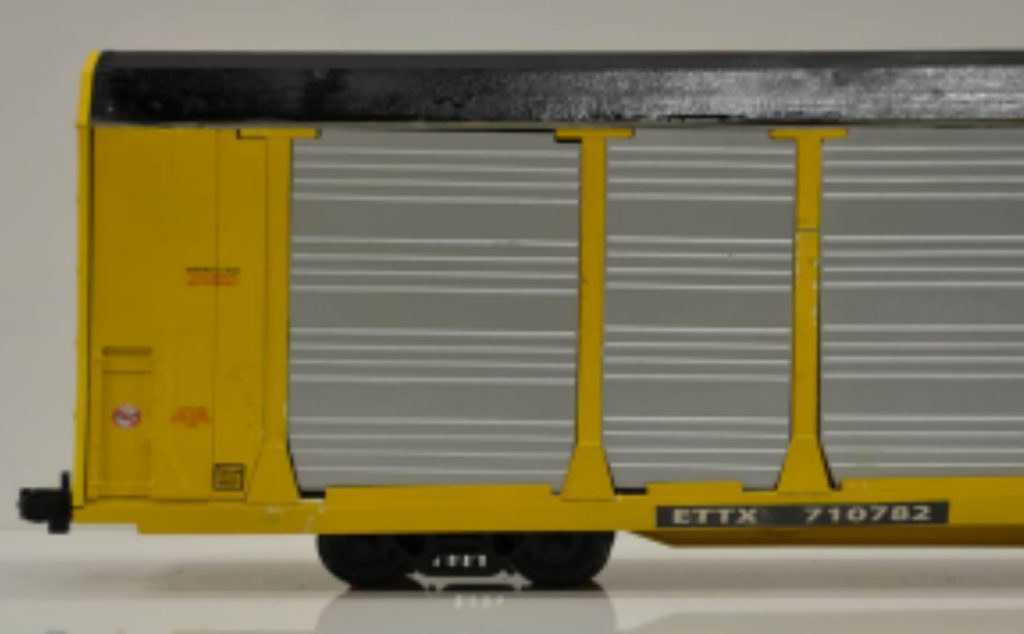
Chassis skirts are a well-known device for transportation vehicles to help reduce drag and therefore lead to greater fuel savings and improved stability. Chassis skirts provide a clean, aerodynamic surface, improving air movement along the sides of the train by reducing air turbulence around the front fender extensions and undercarriage of the railcars. The chassis region of a railcar is normally exposed to the atmosphere, however, according to Brigham Young University, by adding chassis skirts to cover this region, the drag on the railcar can be reduced by nominally 15%.
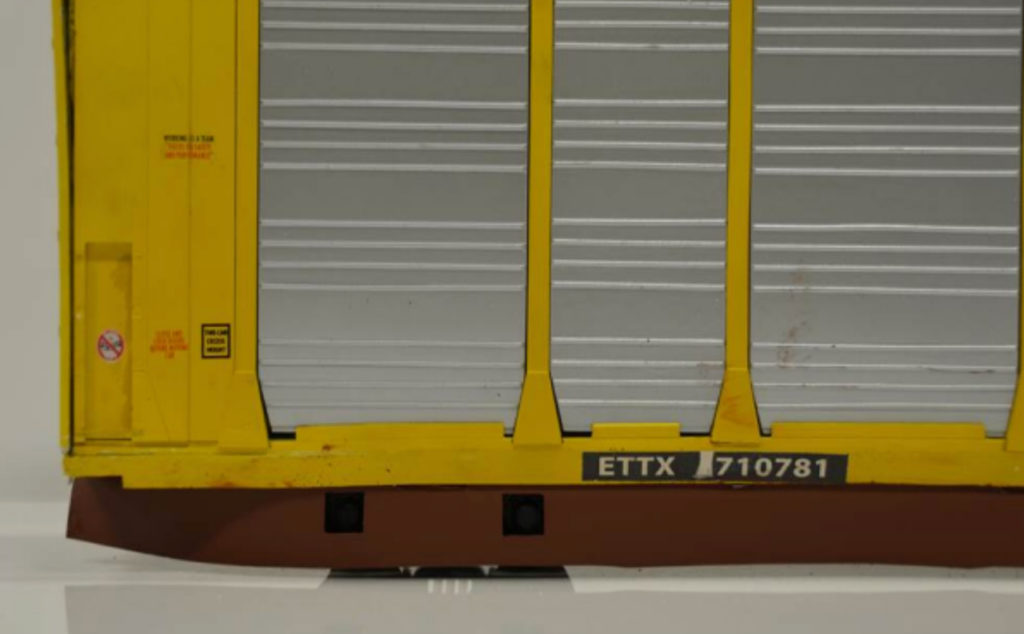
Start Optimizing Savings
There are still many options to be investigated regarding railcar aerodynamics and how to calculate energy usage of a train. However, improving your train’s design to achieve greater aerodynamic efficiency is a good place to start in reducing excess fuel consumption. At Corrugated Metals, Inc., we offer unrivaled metal capabilities and are committed to providing dedicated service and quality so you can streamline your railcar project and reduce costs. If you’re ready to learn how we can support the design of your next freight car project, get in touch today.

Ken Carlton is an accomplished professional within the manufacturing industry. He currently serves as the Vice President at Corrugated Metals, Inc. and a Managing Member at Infrastructure Defense Technologies, LLC. Ken received a Bachelor of Arts degree in Political Science from Loyola University Chicago, attended the Quinlan School of Business at Loyola University Chicago, and received his MBA from Benedictine University. With more than 25 years of experience, Ken is an industry expert in manufacturing operations and business management, specifically strategy and long-term planning, goal setting and benchmarking, and turnaround management.


